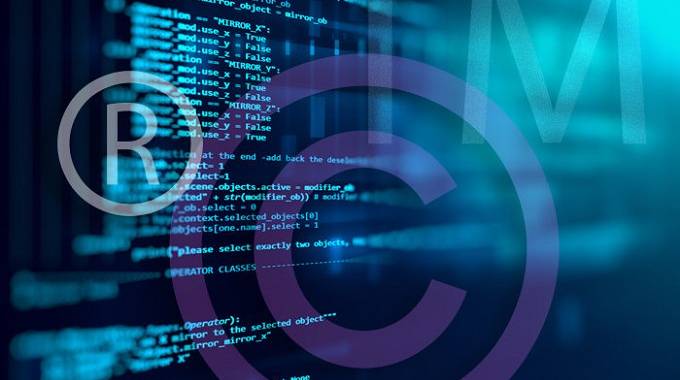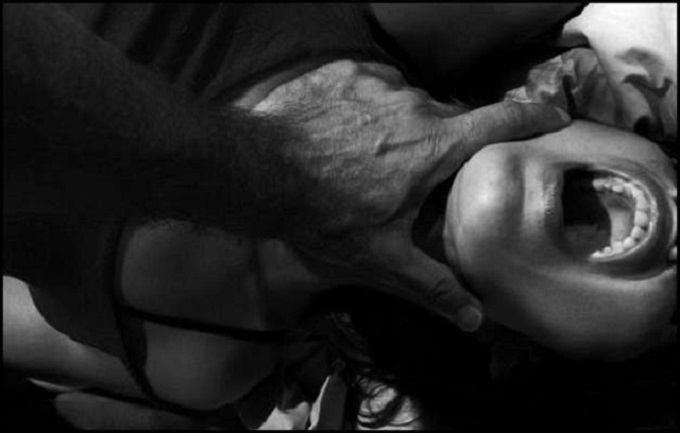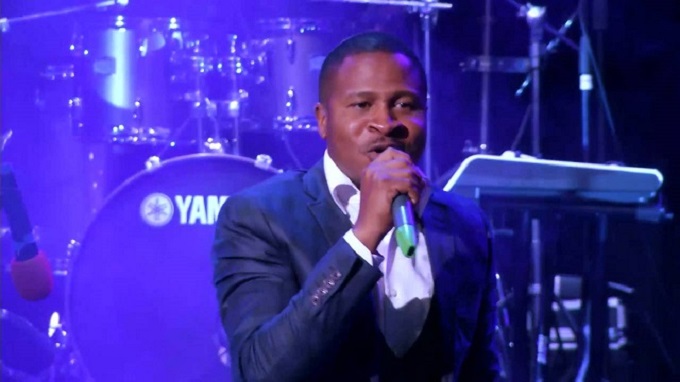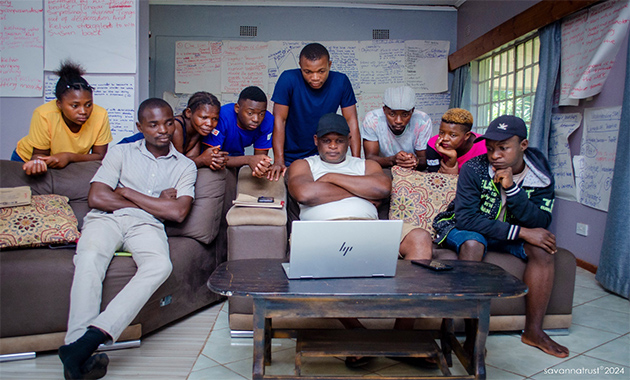Dealing with intellectual property issues in the music industry (Part 2)

Aleck Ncube
THERE are two different kinds of music copyrights.
Sound Recordings
A sound recording is simply a work comprising recorded sounds. For example, the recorded performance of a song that appears on a compact disc is a sound recording.
Musical Works (that is, “musical compositions” or “songs”): Both the music and the lyrics to a song, or each of them separately, can constitute a copyrightable musical work.
Distinguishing between copyrights in sound recordings and musical works
Sound recordings and musical works are separately copyrightable works that can be owned by one or more authors. It is important to be able to distinguish between the two, a musical work, or a song, usually means a melody and often (but not always) lyrics; a sound recording is the actual recorded performance of that song.
For example, if a songwriter composes and writes the lyrics to a song and Jeys Marabini records a version of the song and includes it on his new album, the songwriter owns the copyrights in the musical work (because he/she wrote the music and lyrics) and Jeys Marabini, or more likely his record label, owns the copyrights in his recorded version of the song (the sound recording), which is contained on a compact disc sold in record stores.
The copyrights in sound recordings and musical works create two different revenue streams for their owner(s) in the form or royalties from record sales and music publishing royalties.
In the above example, the songwriter would be entitled to the publishing royalties resulting from any performances of Jeys Marabini’s version of his/her song on the radio while Jeys Marabini would get the royalties from the actual sales of the compact disc containing his/her recorded version of the song.
Music publishing
Music publishing is the business of exploiting a song — that is, finding uses for the song, such as cover versions, film, TV and video games, ringtones, greeting cards and even karaoke machines – and collecting money for such uses, usually in the form of a license fee.
Song writers typically own the copyrights in the music and lyrics to the songs they write and earn money, usually from license fees or royalties from the commercial use of their songs. Publishing income does not come from copyright ownership in sound recordings. It comes from ownership of the copyrights in the songs.
The copyright owner of a song is entitled to certain exclusive rights under the Copyright Act. If someone wants to use the song in any way, they must get permission from the copyright owner in the form of a license. Money generated from such licenses is called “publishing income”.
What is a publishing company?
Because it can be very difficult to keep track of and collect the publishing monies, many songwriters engage or contract with music publishing companies. A publishing company’s job is to find uses for a songwriter’s music such as issuing licenses, collecting income generated from the licenses and paying all monies due to the songwriter after deducting an agreed-upon fee or percentage of the revenues for the performance of these services.
These arrangements between the publisher and the musician are called “publishing agreements.” There are several different types of publishing agreements, including: “co-publishing agreements” (where the songwriter or the songwriter’s publisher and an administrative publisher jointly own the copyrights in the song), “song writer agreements” (where the song writer transfers the copyrights to the publisher) and “administration agreements” (where the songwriter retains the copyrights in their song).
If offered a publishing contract, an artiste should consult a lawyer to review the agreement, explain its terms and negotiate with the publisher to get the fairest possible deal for the artiste.
Sources of publishing income
There are four main sources of publishing income.
Public performance royalties: If a song gets played in public (in nightclubs, at live concerts, on the radio, on television, etc.) the copyright owner of the musical work is entitled to payment for the performance of that song.
However, in order to collect performance royalties, the songwriter usually needs to register as a member of a performance rights society, which will collect all royalties from the radio and television stations, nightclubs, live venues and other commercial establishments playing the songwriter’s music. There is the Zimbabwe Music Rights Association (Zimura) that collects performance royalties on behalf of its members.
Mechanical royalties: Mechanical royalties are fees paid to the copyright owner of a song (usually the songwriter and/or the music publisher) for the right to reproduce the song on a recording.
Synchronisation license fees: A synchronisation license is required any time the performance of a song is accompanied by visual images. Synchronisation licenses are issued when songs are included in audiovisual works such as movies, television shows, TV advertisements, video games, etc.
The fees paid for synchronisation licenses vary according to the usage and the importance of the song. While a ten-second background use of an unknown instrumental song in a television show may generate a fee of only a few hundred dollars, the fee for the use of a full-length performance of a hit song in a major motion picture or national advertising campaign can generate more revenue for the musician.
Print license fees: While performance, mechanical and synchronisation royalties are the main sources of publishing income, revenues from the sale of printed music can also be substantial. A songwriter receives royalties from a print license any timesheet music of his song or a folio or collection of his songs is sold. The royalties received from print licensing are usually a few cents per copy printed.
Record labels and recording agreements
The main function of a record label, or recording company, is to manufacture, distribute, market, promote and sell an artiste’s music. The artiste and the record label enter into a written “recording agreement” which governs their relationship.
Some of the key provisions in recording agreements include: the term or duration the agreement, the number of songs or albums to be recorded, the royalties to be paid to the artiste, the territory (the countries where the record label can release or sell the album), the budget for recording, marketing and promotion and the general rights that the artiste grants to the record label.
Recording agreements are often long and contain complex language and terms that are not only difficult to understand but can significantly impact the artiste’s rights, obligations, and compensation.
Accordingly, any time an artiste gets offered a recording contract, they should consult a lawyer to review the agreement, explain its terms to them and negotiate with the record label to get the fairest possible deal for them.
Common violations of Intellectual Property rights related to the music industry
Piracy — This is the un-authorised reproduction and distribution of protected works for commercial purposes.
Counterfeiting — unauthorised reproduction and distribution of works made to resemble genuine works as closely as possible. This is done by replicating labels, packaging etc. The essence is to mislead the consumer.
Bootlegging — Involves the un-authorised recording and distribution of live performances or broadcasts;
Internet piracy — unauthorised use and distribution of protected works on the internet.
Without an effective copyright regime, a modern music industry is simply not possible. Zimbabwe has to continuously develop and adapt its copyright regime in order for local musicians to fully realise the benefits from their creativity and talent. Issues of enforcement are critical. This is a lucrative business that needs to be nurtured.










Comments